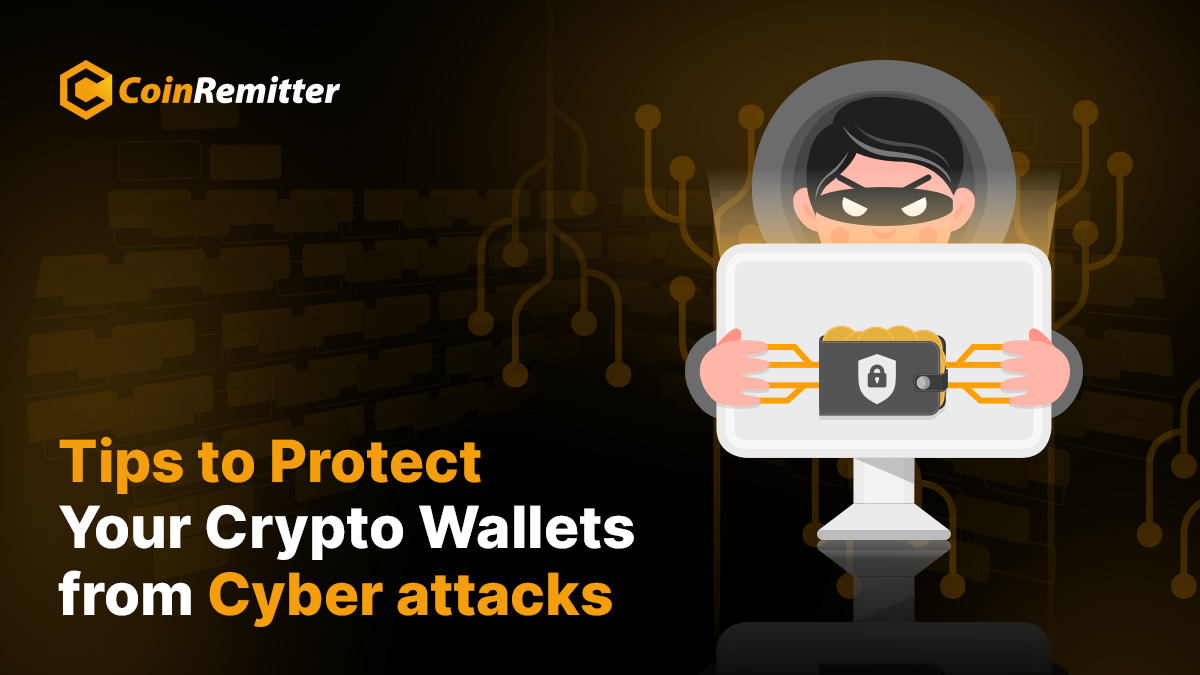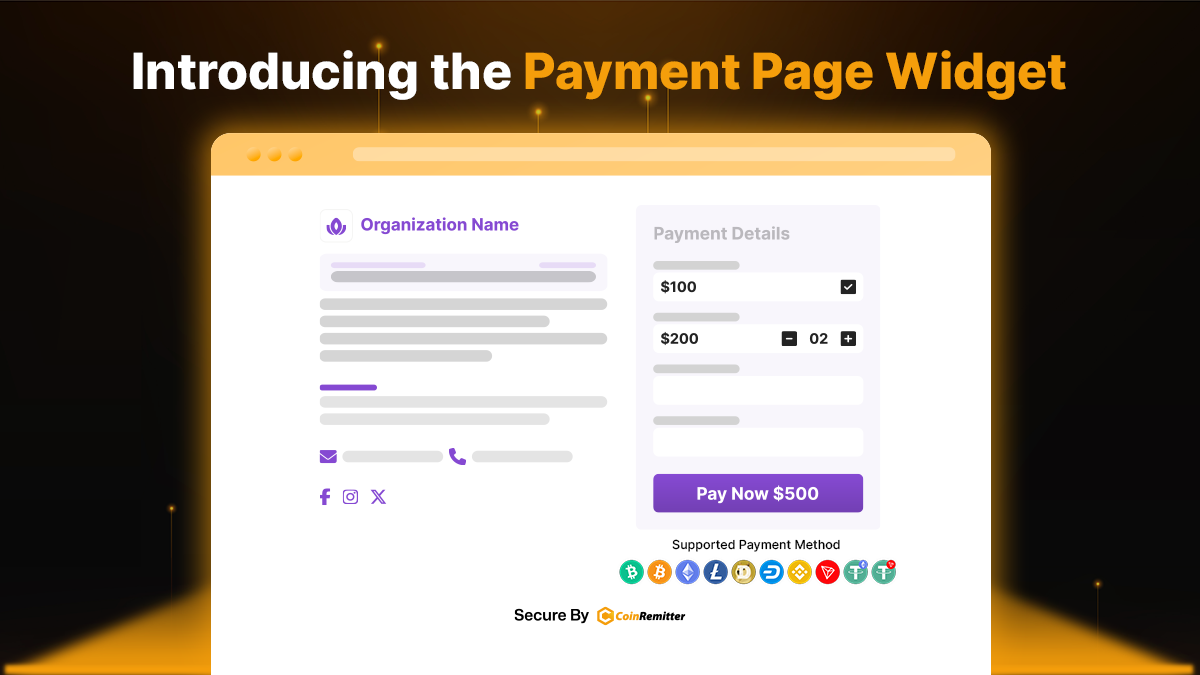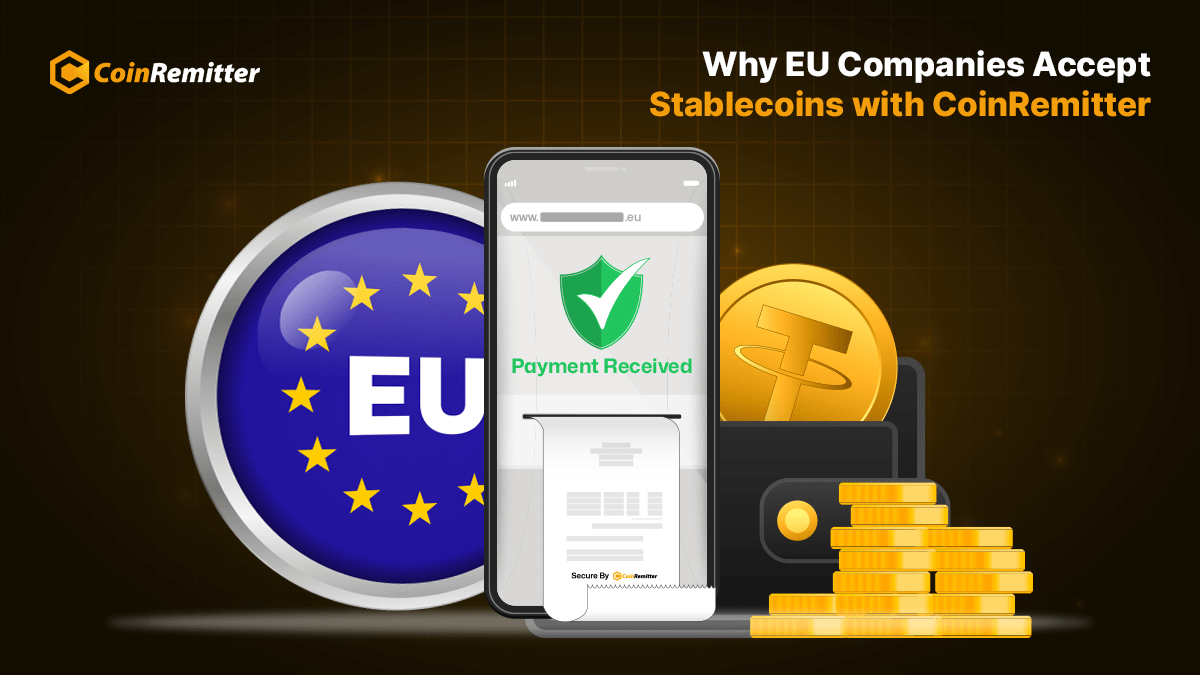Tips and Strategies for Securing Cryptocurrency Wallets Against Hacks, Scams, and Other Security Threats

With the emergence of crypto payments as an alternative to traditional transactions, crypto-related crimes have also increased. According to Business Standards, the losses due to crypto scams grew 54% in 2023. On the other hand, Reuters reported that last year, at least $24.2 billion worth of crypto was sent to illicit crypto wallet addresses. These wallets were connected to terror financing, scams, and sanctions violations. This is alarming for businesses that accept crypto payments. This blog will look at some essential strategies to secure your cryptocurrency wallets against hacks, scams, or any attacks.
Common cryptocurrency wallet attacks
Phishing:
Phishing is a common way scammers trick people in both cryptocurrency and traditional systems. They pretend to be trusted companies or crypto projects to steal private information like login details or private keys. They might use fake websites, emails, or social media to fool you into giving away your valuable information. In an article published on the Block, scams pretending to be crypto-related activities stole almost $300 million in 2023.
Crypto Malware:
Crypto malware is malicious software that hackers use to do crypto jacking. This means they hijack users’ computer's power to mine cryptocurrency without their permission. Even if a user has never used cryptocurrency, the computer could still be at risk. In 2023, cybercriminals using ransomware attacks extracted over $1.1 billion from victims, including those in sectors like hospitals, schools, and big corporations.
51% Attacks:
A 51% attack happens when one person or a group takes control of over half of a cryptocurrency network. When this happens, they can stop new transactions from going through and even undo recent transactions. This means they could halt payments between users and cause a lot of trouble for everyone involved.
Dusting:
A dusting attack is when someone sends a small amount of cryptocurrency, called "dust," to a crypto wallet to know the identity of the owner. Attackers use this info to cause problems, like blocking real payments or scamming the owner. The attacker might send you a token through an airdrop to your wallet and when you try to use it, they can get into your wallet using a smart contract attached to the token. In 2018, the Bitcoin network faced dusting when many wallets suddenly received a small amount of Bitcoin called 888 satoshis. It turned out that BestMixed, a crypto-mixing service was behind this.
Indicators that your crypto wallet is compromised
Unauthorized transactions: If you see unexpected transfers or withdrawals from your account, it might mean someone got into your account without permission.
Irregularity in balance: If your crypto balance drops suddenly and you don't make any transactions, it could mean someone accessed your account or stole your crypto.
Fail to log in: If you keep getting notifications about failed login attempts or successful logins from devices you don't recognize, it might mean someone is trying to get into your account using your login details.
Best practices for securing crypto wallets
Use Multisig wallets:
Single-signature wallets are good for individuals, but not for DAOs. That’s why multi-signature wallets are better. With multi-signature wallets, you need more than one person to agree for any transaction to happen.
Two-Factor Authentication:
Two-factor authentication (2FA) adds extra security to your wallet to stop unauthorized access. Different wallets have different ways of doing 2FA. Usually, they'll ask you to get a code from your email or phone to prove it's you trying to log in. Some wallets even let you use things like your fingerprint or apps like Google Authenticator as part of the 2FA process.
Burner wallets for airdrops:
One common mistake new crypto traders make is using their main wallets for airdrops. This can be risky because some airdrops might ask you to connect your wallet to unsafe websites. It's safer to use separate burner addresses just for airdrops. That way, if something goes wrong, only your burner address is affected, not your main wallet.
Keep seed Phrase and passwords secured:
If someone gets your seed phrase, they can get into your non-custodial wallet. If you use a custodial wallet, it's important to keep your password safe too. Don't store your seed phrase or password online.
Get a cold storage:
There are two main storage options when it comes to securing cryptocurrency wallets: hot storage and cold storage. Hot storage is online security. Cold storage is offline security. It’s best not to keep all your savings in hot storage, as it is more vulnerable to attacks like phishing. Instead, consider cold storage. With cold storage, you have complete control over your funds, and it's much harder for anyone to tamper with them online. For something as important as your savings, it's safer to keep them privately in cold storage.
Beware of phishing and other attacks:
Every day, attackers come up with new ways to target crypto users. It's important to be aware of these. They might send you a link on social media and ask you to click on it. They could also pretend to be customer support and ask for a code or OTP from your phone. The best thing to do is to be careful with your personal information and not share it with anyone.
Conclusion
Securing your cryptocurrency wallet against scams and other threats requires a combination of diligence, awareness, and the right tools. By following these practices, you can minimize the risk of hacks and scams, and be able to ensure that your digital assets remain safe and secure.
Over 38,000 merchants are using CoinRemitter
Join them now



